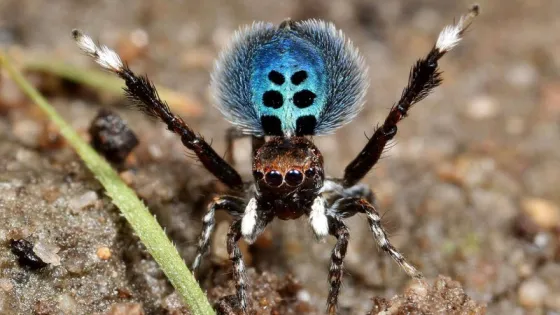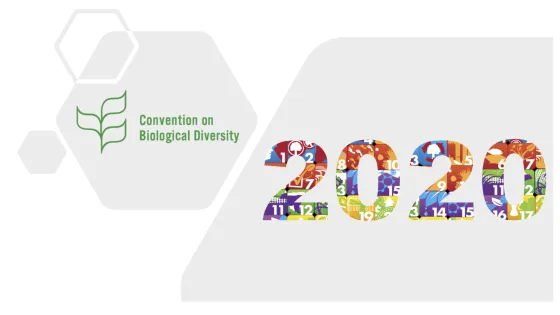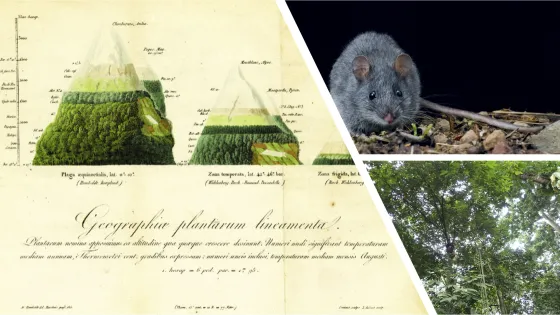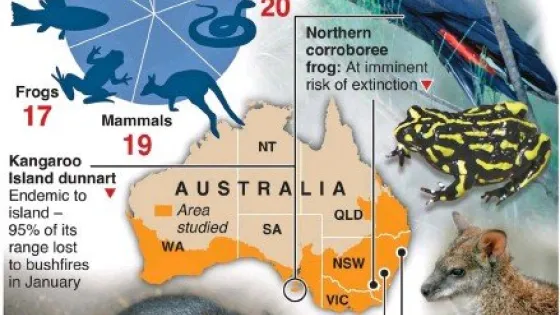Past events
Find information about past events at CBA.

Nanopore sequencing is rapidly becoming an analysis option of choice as accuracy and throughput have increased significantly in recent times. Join us to discover the latest developments in the platform and how its unique abilities help our very own ANU researchers to be at the forefront of scientific discovery.

In 2020, AMSI BioInfoSummer is going virtual! Hosted by The Australian National University (ANU), attendees will participate online over the four-day program to develop their bioinformatics skills, national networks and employability.

To celebrate 10 years of sharing Australia’s unique biota, join us for three talks from leading scientists in evolutionary and taxonomic research. From spiders to orchids to reptiles, come along to hear the new ways researchers are working to describe the richness of the natural world, and to understand the next steps in documenting the complex legacy of millions of years of evolution.

We have gathered an expert panel to discuss how improved targets for maintenance of genetic diversity could be included in the CBD post 2020, with potential flow-on to Australian government policy.

Comparative genomics is now allowing us to map genes for traits using phylogenetic approaches (PhyloG2P; Smith et al. 2020 TREE)

As part of the Humboldt Day commemorations the CBA is hosting an online mini-symposium presenting recent insights into how historical climate change and trait evolution has shaped Australasian biogeography.

The CBA in collaboration with ANU's Public Policy & Societal Impact Hub are hosting a bespoke Policy Masterclass Workshop for researchers interested in engaging with policy-makers to collaborate in research or increase their research impact

The devastating fires of the 2019-20 summer impacted some 9M Ha of the eastern forests from SE QLD to eastern Victoria, much of the natural habitats of Kangaroo Island (SA) and the Stirling Ranges (WA).

